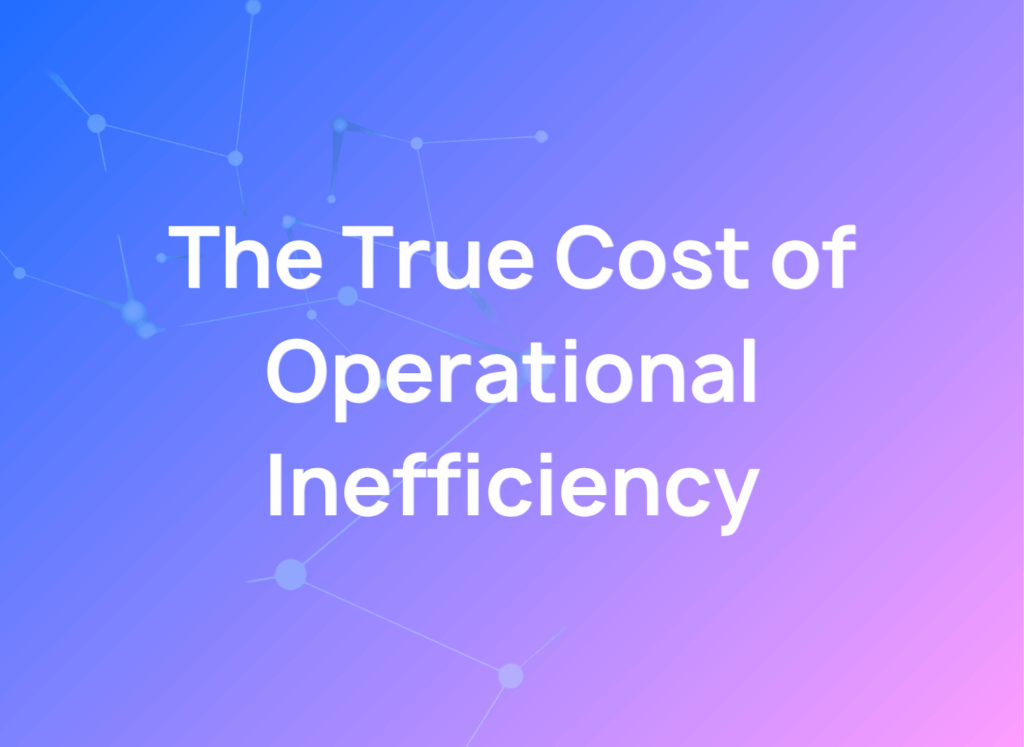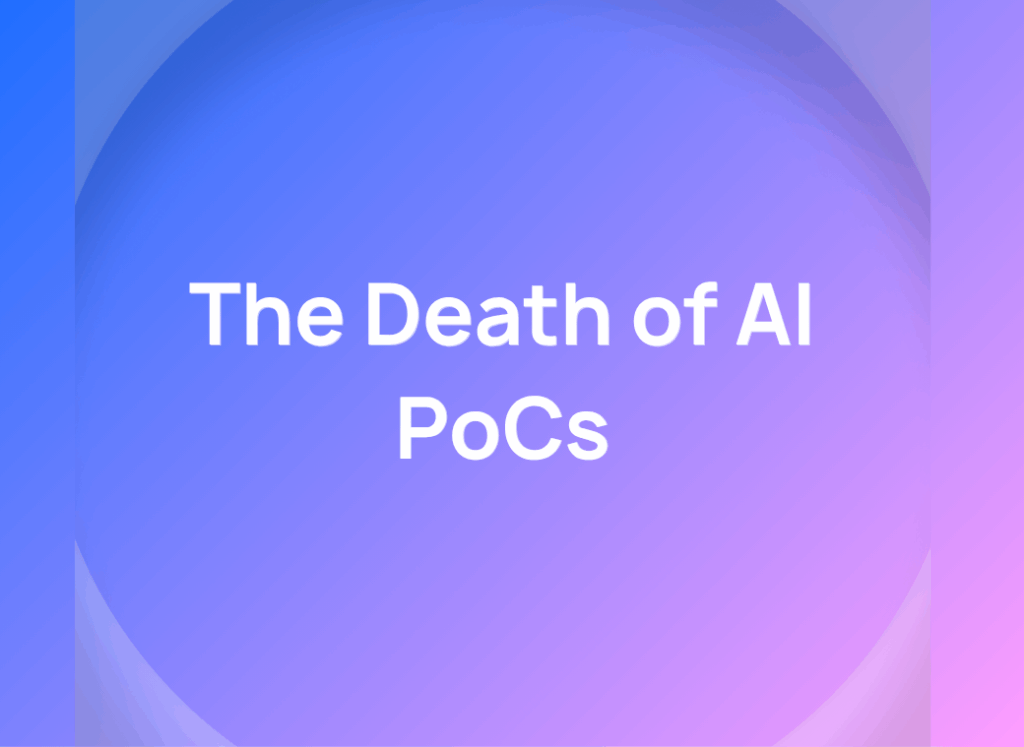How do I measure the ROI of automation in my organization?
How do I measure the ROI of automation in my organization?
Automation has become a driving force behind operational transformation, but for many senior leaders, the pressing question isn’t “why automate?”—it’s “how do I measure its impact?” With significant investments on the line, justifying the benefits in quantifiable terms is critical to maintaining momentum and making informed decisions.
Enter Digital Workers from causaLens. These AI-powered agents don’t just automate tasks—they deliver measurable ROI across key operational metrics like cost savings, efficiency gains, and improved productivity. By enabling organizations to track real-world results, Digital Workers provide clarity and confidence in automation’s value.
This guide will help you understand the metrics that matter most and demonstrate how Digital Workers make measuring automation ROI both clear and impactful.
Why Measuring ROI Is Essential
Investing in automation isn’t just about implementing new technology; it’s about ensuring that the outcomes align with your strategic objectives. For operational executives, ROI isn’t a vague concept—it’s the ultimate indicator of a tool’s effectiveness.
When defined properly, ROI serves to:
- Justify investments across key departments
- Align automation initiatives with broader KPIs
- Provide robust data for executive-level reporting
- Build confidence in scaling automation efforts further
The challenge lies in identifying specific impact areas and having the right tools to measure performance improvements. That’s where causaLens’ Digital Workers come into play.
Key Metrics for Calculating Automation ROI
Traditionally, measuring ROI requires comparing the benefits achieved against the cost of implementation over a specific period. For automation, these benefits are often distributed across tangible savings, operational improvements, and strategic value creation.
Here are four critical metrics to track:
1. Cost Savings
Digital Workers streamline processes, allowing organizations to operate with fewer resources while maintaining—or even improving—output. Measuring cost savings involves assessing reductions in areas like:
- Labor costs: Digital Workers perform tasks like data entry or reporting at a fraction of the cost associated with human labor.
- Error remediation: By automating with precision, Digital Workers eliminate mistakes that often lead to financial losses or rework.
- Consultant dependency: With Digital Workers seamlessly integrating into workflows, businesses often eliminate the need for costly external consultants.
2. Time Efficiency
Time is a direct driver of cost efficiency, and Digital Workers achieve results significantly faster than human teams managing workflows manually. Measuring time efficiency involves looking at:
- Lead time reductions in key processes
- Faster decision-making via real-time insights
- Removal of bottlenecks and redundant approvals
3. Error Reduction & Dependability
Repetitive manual processes are prone to human error, costing organizations time, money, and reputation. Digital Workers ensure 100% accuracy, significantly lowering the cost of error management. Metrics here include:
- Reduction in error rates for repetitive tasks
- Reduced time spent on rework or corrections
Example Impact:
After deploying Digital Workers for financial reporting, a global pharmaceutical company reduced errors by 92%, ensuring audit compliance while freeing skilled professionals for higher-value analysis.
4. Employee Productivity
Automation is not about replacing employees—it’s about enabling them to focus on strategic, high-value activities. Measuring the ROI of automation includes evaluating:
- Hours freed from repetitive tasks
- Improved employee morale and engagement
- Increased output per employee
How Digital Workers Simplify ROI Measurement
Unlike traditional tools that require manual monitoring or rely on separate systems to collect performance metrics, causaLens’ Digital Workers inherently track and demonstrate ROI. Here’s how they differentiate themselves:
1. Real-Time ROI Insights
Digital Workers provide real-time results, immediately capturing time savings, cost reductions, and performance boosts. Their ability to seamlessly integrate with existing systems enables direct benchmarking against pre-automation workflows.
2. Process Transparency
Every task executed by a Digital Worker is measurable—from data transfers to full-scale workflow automations. This traceability enables operational leaders to break down ROI across multiple dimensions.
For example:
- How much time was saved processing a report?
- How many manual interventions were avoided?
- How often were errors corrected automatically?
By providing these insights instantly, Digital Workers simplify the complex task of quantifying automation’s value.
3. Scalable Efficiency
ROI grows exponentially with scale. Digital Workers eliminate the incremental costs associated with traditional hiring, enabling organizations to expand operations without corresponding overhead. The more workflows you automate, the greater your savings.
4. Tangible ROI in Weeks, Not Years
Unlike large transformations that take years to materialize, causaLens’ Digital Workers deliver tangible ROI within weeks. Whether it’s cost savings, time efficiency, or error reduction, measurable outcomes are seen at unmatched implementation speeds.
Real-World ROI in Action
Case Study: Pharma Engagement Reinvented by Autonomous AI Agents
Syneos Health isn’t a traditional pharma company—it doesn’t develop molecules but handles everything else, from clinical trials to commercial execution. This includes managing thousands of marketing and field programs for major healthcare brands, generating massive amounts of data.
The problem? Most companies track activity—emails sent, reps deployed, touchpoints logged—but fail to isolate what’s actually driving results. “Dashboards show movement, but not meaning. Without understanding causal impact, you’re flying blind.”
The Solution: Syneos built a precision optimization framework powered by causal inference and integrated it into an autonomous AI Agent using the causaLens platform. This agent lets commercial teams ask natural language questions like:
- “What’s the best engagement strategy for my top 1,000 HCPs?”
- “How should I reallocate spend if I remove in-person sampling?”
- “Which sequence of touchpoints delivers the highest lift in prescribing behavior?”
The agent interprets these questions, incorporates campaign constraints (e.g., budget or channel availability), runs simulations, and delivers data-backed recommendations within minutes.
The Impact:
- Faster go-to-market cycles
- Smarter targeting with less waste
- Data-driven field strategies instead of intuition-based decisions
- Scalable personalization at the HCP level
Beyond Pharma: This framework has implications for any business reliant on complex, multi-touch engagement, such as financial services or B2B SaaS, enabling causal reasoning at scale with digital workers—autonomous AI Agents.
Key Takeaway: AI Agents aren’t just co-pilots; they’re coworkers. Syneos is leading the charge by embedding an autonomous workforce directly into their operations, transforming how they work and optimizing results.
Digital Workers vs. RPA and Off-the-Shelf AI Agents
Digital Workers represent a groundbreaking leap in automation, outperforming traditional RPA and off-the-shelf AI agents in scalability, flexibility, and impact. While RPA solutions and AI agents are often brittle and rigid, requiring labor-intensive maintenance and narrowly defined use cases, Digital Workers adapt dynamically to a range of processes. They are built to integrate seamlessly into existing workflows without adding to the burden of managing a bloated tech stack.
Unlike RPA, which frequently struggles with process exceptions or breaks under minor changes, Digital Workers are designed to learn, evolve, and operate autonomously, reducing the need for constant intervention. Similarly, off-the-shelf AI agents often create a patchwork of disconnected systems, increasing complexity and seat license costs. This results in diminishing returns and makes ROI calculations elusive. Digital Workers, in contrast, enable measurable, real-world returns by delivering faster outcomes, reducing operational overheads, and optimizing processes at scale—all while simplifying technology management for your organization.
Transforming Your Bottom Line with Digital Workers
Measuring ROI doesn’t have to feel like guesswork. With causaLens’ Digital Workers, the benefits of automation are clear, trackable, and immediate. From cost savings and time efficiency to improved accuracy and employee productivity, Digital Workers deliver results that directly boost your bottom line.
Are you ready to uncover the true value of automation?
Deploy Digital Workers today and take the guesswork out of ROI.





